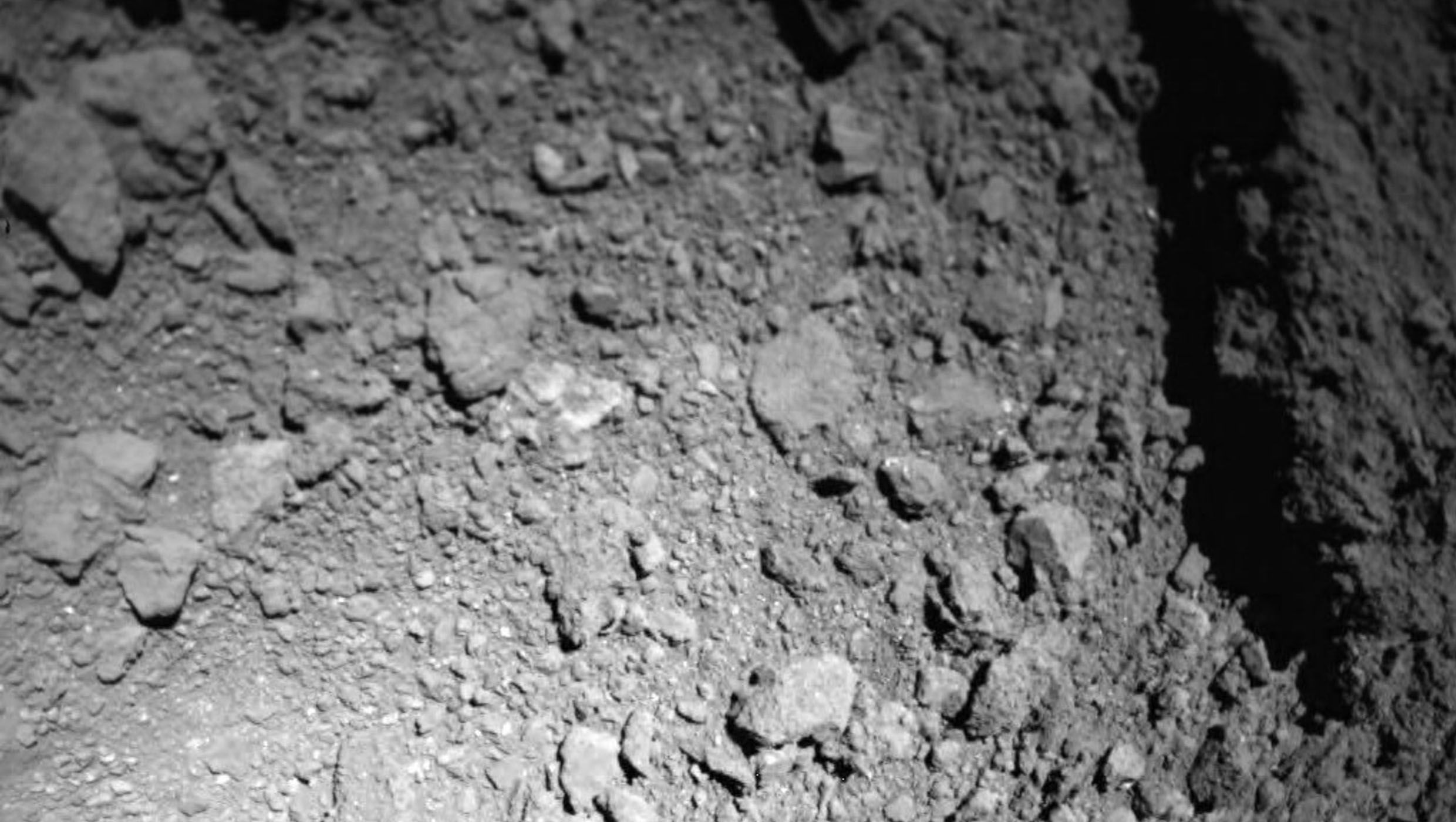Create a free profile to get unlimited access to exclusive videos, sweepstakes, and more!
Guy walks out to his front yard, finds a rock from the birth of the solar system

It’s not every day you get this kind of mail when you go outside.
Backtrack to last year for a second... something flashed across the sky, not unlike CGI special effects in a sci-fi movie. Erik Due-Hansen of Flensburg, Germany, walked out to his front lawn the next day, like any normal person would, except what he found wasn’t normal: a chunk of something from space.
Now fast-forward back again... turns out that wasn’t any ordinary chunk of meteorite (they are more common than you might think), but a relic of the solar system’s earliest epoch.
When he found out about that, Due-Hansen must have been like, "Mind. Blown."
The rock was studied up close at Institut für Planetologie at Münster University in Germany. After analyzing the specimen — now appropriately named Flensburg — with an electron microscope, professor Addi Bischoff and Ph.D. student Markus Patzek found tiny spheres otherwise known as chondrules, plus high levels of phyllosilicates and carbonates. This is how they determined it to be a piece of a carbonaceous chondrite.
“The daylight fireball was registered by an all-sky meteor camera…[and the rock] was recovered one day after the fireball event,” said Bsichoff and Patzek, who recently released their initial analysis of Flensburg (below) on the Meteoritical Bulletin, where they officially classified it as a carbonaceous chondrite.
This is kind of a big deal because carbonaceous chondrites are pretty much time capsules from billions and billions of years ago. They are some of the most pristine objects in existence — and are made of the same stuff as proto-planets that brought water to a nascent Earth. These primitive meteorites formed just when the solar system was being born, in oxygen-rich regions, so that the metals found in them are usually in silicate, oxide, or sulfide form. They also have the closest known chemical composition to that of the sun, except touching them won’t burn your hand off.
Carbonaceous chondrites are also extremely rare, making up only three percent of the meteorites and meteorite remnants that fall to earth. You might have heard of the Murchison meteorite. Not that it tastes great, but it has an unusual amount of amino acids and sugars. Amino acids are some of the necessary components of life that comprise DNA.
When scientists merge information from specimens like Flensburg with other space rocks, the results can be surprising. Ryugu’s surface was eerily reminiscent of a carbonaceous chondrite. Many scientists believe the meteorites Flensburg and other similar rocks came from probably looked much like Ryugu (top) before they hurtled towards Earth and most of their bodies burned up in the atmosphere. Further studies still need to be done to see if there really is a missing link there.
Regardless, this is proof that you really never know what you’ll find when you open your door in the morning.
(via Gizmodo)


























